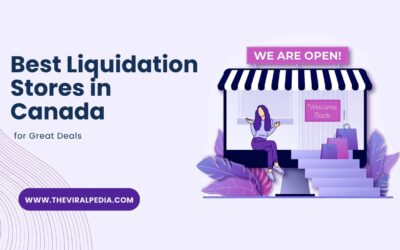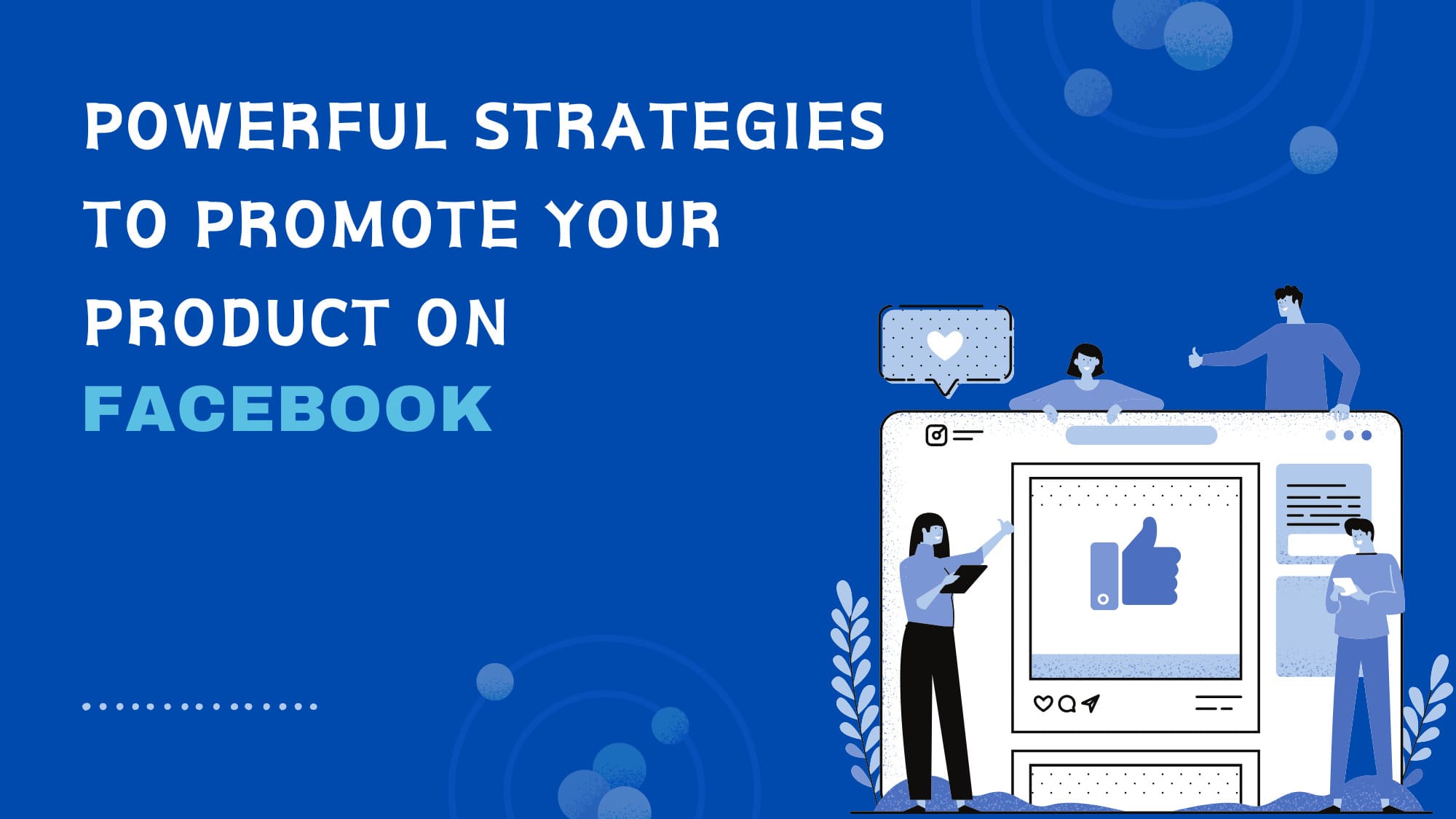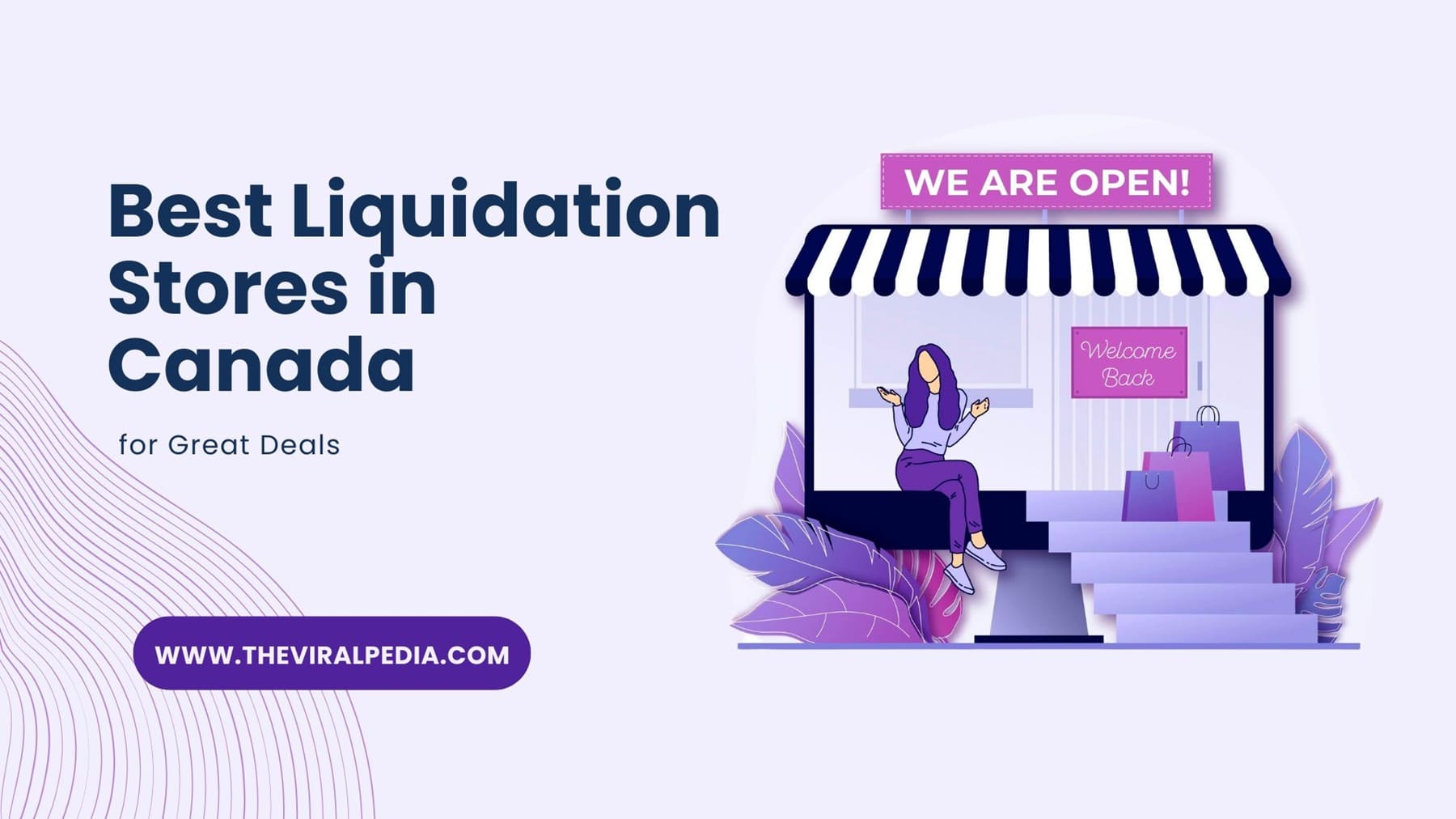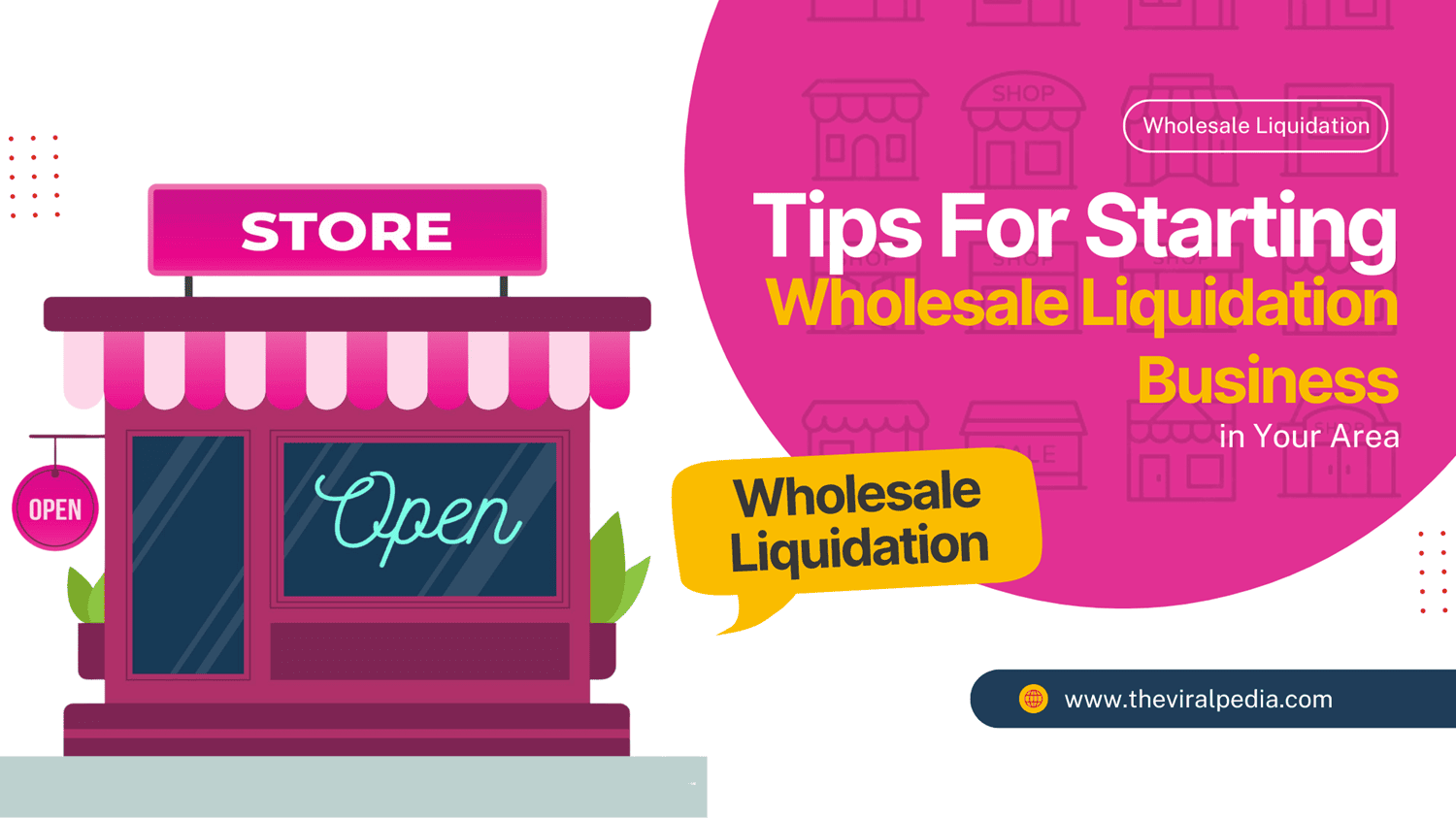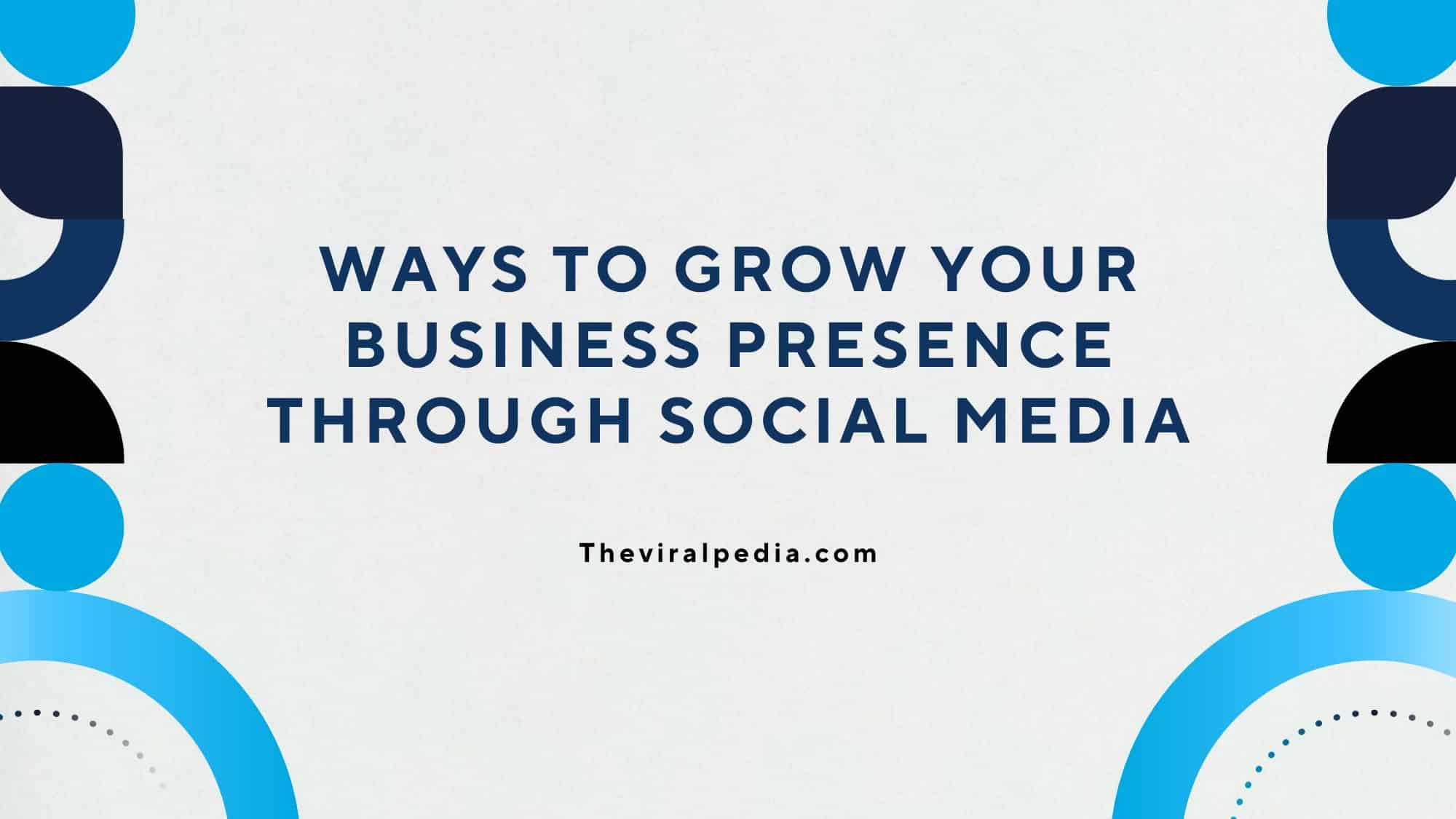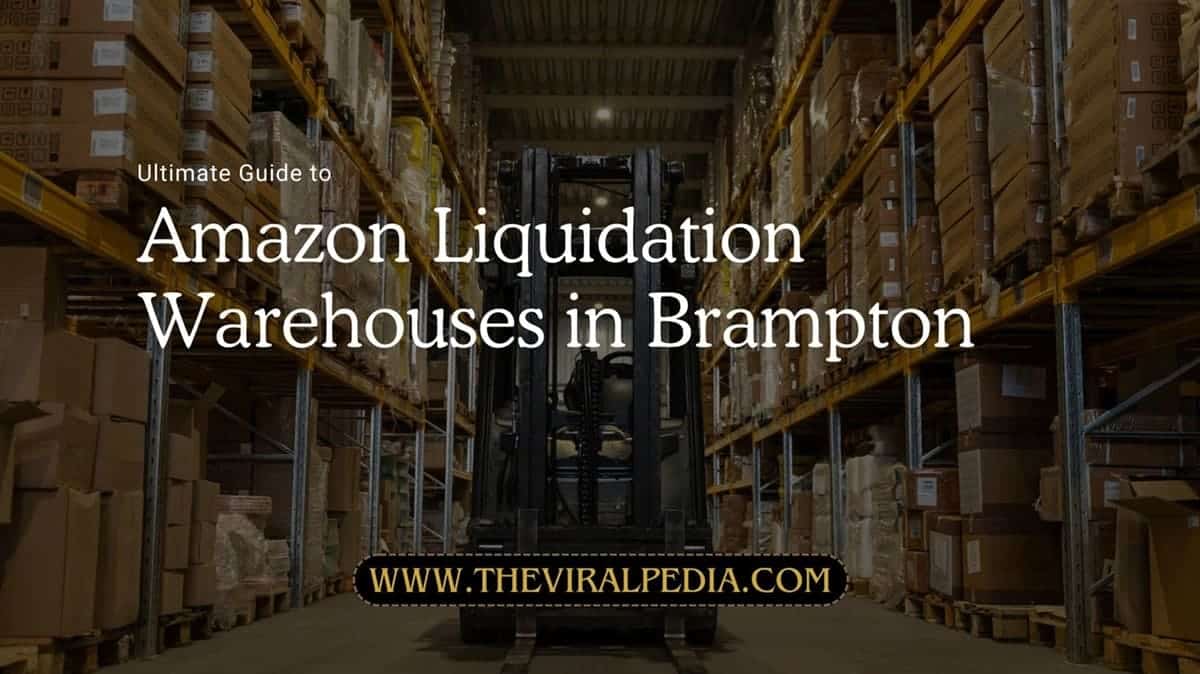Making another item and ensuring its success in the market is without a doubt one of the most challenging aspects of running a company. It is not enough to simply have an item; you must also promote it to the rest of the planet. In this day and age, one of the most effective ways of promoting a product is by computerized promoting. It’s a simple fact: Facebook is now a compensation-to-play showcase point. Regardless of how much advertisers complained and moaned as it became clear that free Facebook promoting was a remnant of a bygone era, they’re still all using Facebook to advertise.
Facebook is the undisputed champion of web-based internet destinations, being the primary location where companions connect and trade on the site. Facebook has evolved into a social meeting spot for friends to become a venue for businesses to promote themselves through customer interaction and self-promotion.
In this article, we will look at five different ways you can use Facebook for advertising. Regardless of if you’re a large corporation or a small community enterprise, Facebook is an incredible marketing tool – it’s an incredible place to keep customers informed, build brand personality, and broaden your reach.
1. Promote your item to reach a larger audience.
Individuals who like your profile on social media do so because they are interested in your product. However, there is a decrease in natural reach from web-based media for organizations, which is why they must expend extra effort to ensure their products are viewed by the target audience. Online media ads expand your scope and will help you achieve a large amount of views on your content.
This gives your item the required progression and ultimately gets you more leads. Try not to be content about making an impression on someone of whom you have no idea. No need to be concerned! Let them go, and I’ll make the best of your efforts! snippet on their dividers. When commenting on different websites, make sure to post as your company and not as yourself.
2. Promoted Posts on Facebook
Facebook Promoted Posts enable Facebook page owners to pay a flat fee to have their individual Facebook posts sent to a certain number of customers, increasing a post’s reach and impressions. Several organizations have inquired as to whether it is necessary for me to pay to ensure that my post is noticed by clients who are my adherents.
Facebook Promoted Posts are shown to current users, with the option of reaching out to fans’ friends. Elevated Posts are simple to set up – just press the catch under any of your page posts. Although the engagement rate increases, Promoted Posts lack the emphasis on alternatives provided by other Facebook ads.
If you’ve collected email addresses from your customers, import your list of email deliveries into Facebook to make clone crowds. It’s an excellent way to hit similar segment profiles. Remember, though, that any of the email addresses you have on hand cannot match the email addresses in people’s profiles.
If you have the Facebook pixel installed on your site, you will build a crowd of people from customers who have made purchases or completed other tasks on your site. For example, maybe you need to advance goods that customers added to their truck but did not yet purchase. You will use retargeting to present certain things to people who are now interested.
3. Supported Stories
Supported Stories are a kind of Facebook marketing that displays a client’s messages, such as a Facebook like, to the client’s friends. The principle of verbal highlighting seems to help Supported Stories. When a client notices that three of his friends like a certain page, he is more likely to pay attention.
Supported Stories are given preferential positioning, making them suitable for use in news outlets and the right sidebar. Supported Stories is now the only advertisement design available on mobile phones. Facebook Sponsored Stories can be created efficiently using the Facebook advertising creation stream. Open Graph Sponsored Stories with a modified source of motivation anticipate promoters to use a third-party provider.
4. Offer discounts and promotional codes on Facebook.
Parting with bargains and promotion codes is a relatively new but proven method of promoting products using online media. Give out-of-the-ordinary offers to your clients on a regular basis via web-based media to keep them linked. You should also think about how you can tailor the whole concept of delivering limitations and incentive codes to make your clients feel special.
For example, setting restrictions on birthday parties, placing names on rebate Visas, and so on. This would help them be more loyal to the image in the long run. When leading a Facebook competition, keep in mind that competitions cannot be supported by Facebook itself (which means you can’t submit likes as parts or make people write replies in the comments, for example).
Businesses can use a third-party platform to create their Facebook contest, and then lead customers to the application from their Facebook page. There are several paid tools available to help you do this, as well as some free ones. Insofar as the page has less than 2,000 interests, Shortstack presents a variety of free challenge formats. Pagemodo also has a free option.
Some third-party Facebook challenge apps have free formats, but the options for them are restricted. Client referrals are potentially the best way to reach people who have common preferences with your current customers. If you don’t have the funds or resources to create your own software, there are outsider developers who can help you.
Giveaways, sweepstakes, and games are the most common tools used by top marketers to promote their products. Running online games is an excellent way to interact with your clients and attract new ones.
5. Open Graph on Facebook
Organizations may use Facebook Open Graph to call a client’s behavior for their application. Every day, billions of connections are shared using Facebook Open Graph. Spotify is an excellent example of how Facebook Open Graph can be transformed into an amazing Facebook advertising tool. It all starts with a quick Facebook login.
This is quickly followed by an authorization request, which many clients handle with little understanding. I discovered that I had consented to 130 submissions, 95 percent of which I had no recollection of the reasoning behind. Spotify will stream what melodies a client is listening to on a companion’s news channel whenever permission is obtained.
Customers are offered a variety of options; they may like the song their partner is listening to, listen to the actual song, or star it as a top pick in Spotify. Open map events like this are fascinating enough to stand out from a client’s news channel’s jumbled insanity. Many Facebook games make use of Facebook open map events, such as sharing a message when a user completes a level or wins an achievement.
Conclusion:
In recent years, web-based media has emerged as a potent promotional platform for brand advancement. To make the most of this channel, though, you must first understand the online media audience. These five tips will help you build confidence, grow your audience, and increase overall brand commitment.
